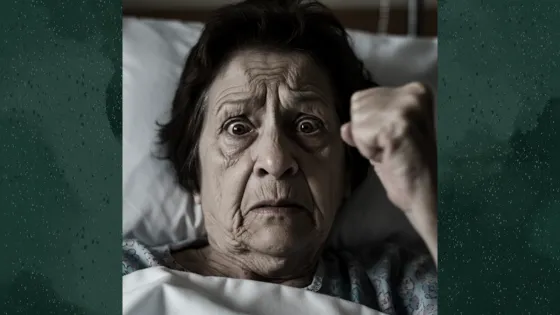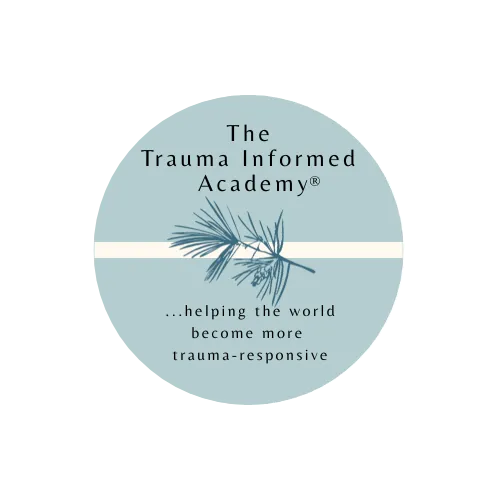

Let’s talk Triggers (and F-699 Citations)
This is the third in a series of several blogs about places where people live and receive some level of services, specifically, Assisted Living Facilities, Long Term Care Facilities, and Skilled Nursing Facilities, and the risk of costly citations for violating F-699.
Once again, here’s the challenge. At least 70% of adults in America have experienced something traumatic. It’s all of us when you add in the pandemic and our ancestors' experiences that travel with us.
The importance of those people, places, sensory experiences, animals, and things that evoke profound distress for a person are important.
There are (at least) two challenges:
What distresses one may be ok to someone else, and,
Almost everything now comes with a trigger warning, from media to university classes.
In the world and culture I live in, it can be a software switch, the thingy on the hose you pull to make water spray, or on the caulk gun that pushes the caulk out the end, the part of a gun you pull to make it shoot and more universally, something I see or hear or experience that evokes extremely strong overwhelming memories of a past event.
Facilities subject to F-699 might find it easier to educate about responses or behaviors that may be more likely to evoke distress for all, categories as it were, like “sudden movement,” “unexpected noises,” or “being walked in on without permission.” If staff help identify behavior that startles or frightens them and then consider it as it relates to residents, it may help them become more mindful.
Some facilities place a set of symbols by each resident’s door to alert staff to potentially triggering actions. Keep reading each week because we’re going to bring you stories about what happened and how we helped people address it.



Email our Admin:
©Copyright 2025 EPower & Associates, Inc. All Rights Reserved.
Privacy Policy | Terms of Use
Featured On...


